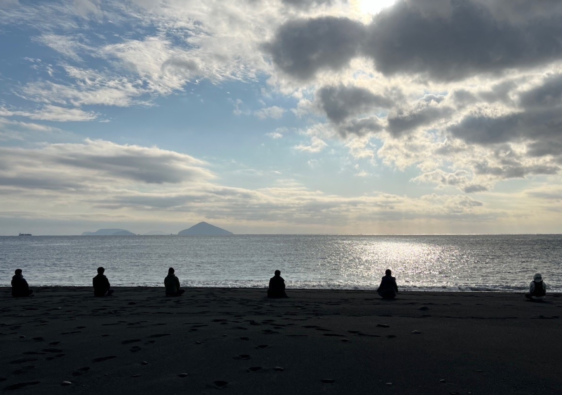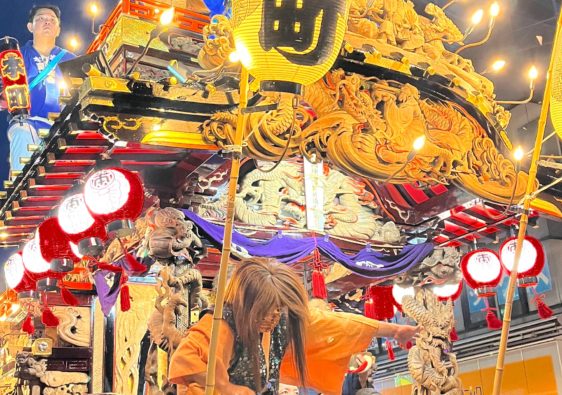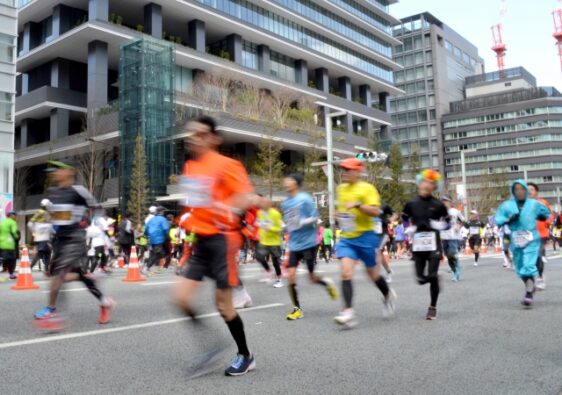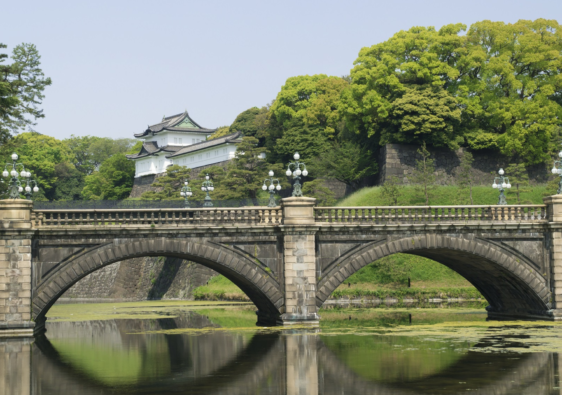Japan, a land steeped in tradition and natural beauty, has long embraced the concept of “eight million gods.” These divine beings are believed to reside in every aspect of our world, from the majestic sun to the tranquil rivers, the towering mountains to the vibrant flora and fauna.
As you explore this enchanting country, you’ll find that the Japanese people have lived in harmony with nature for centuries. Their agricultural roots have fostered a deep reverence for the land and its inhabitants.

Seasonal Rhythms and Spiritual Connections
In spring, as cherry blossoms bloom, we sow seeds with hope for a bountiful harvest. Summer brings contemplation of life’s impermanence, as we remember the departed. Autumn arrives, and we express gratitude for the abundance bestowed upon us. And in winter, we pray for good health and well-being.
Origins of Festivals: A Dance for the Sun God
While each region boasts its unique festivals, they all share a common purpose: to deepen the connection between humans and gods. Whether it’s the lively Nebuta Matsuri in Aomori, the elegant Gion Festival in Kyoto, or the spirited Akita Kanto Festival, these events offer a glimpse into Japan’s soul.
Your Journey Awaits
As you travel through Japan, immerse yourself in these timeless traditions. Let the vibrant colors, rhythmic beats, and heartfelt prayers envelop you. Whether you witness a portable shrine parading through Tokyo’s streets or marvel at the mesmerizing Sumida River Fireworks Festival, you’ll carry the spirit of Japan with you.
Here are some of the most popular spring festivals held in Tokyo from May to June.
Kurayami Festival: Unveiling Japan’s Hidden Splendor
The Kurayami Festival, a captivating celebration that unfolds once a year in Fuchu City, Tokyo. From April 30th to May 6th, the Okunitama Shrine comes alive with ancient traditions, vibrant colors, and spirited performances.
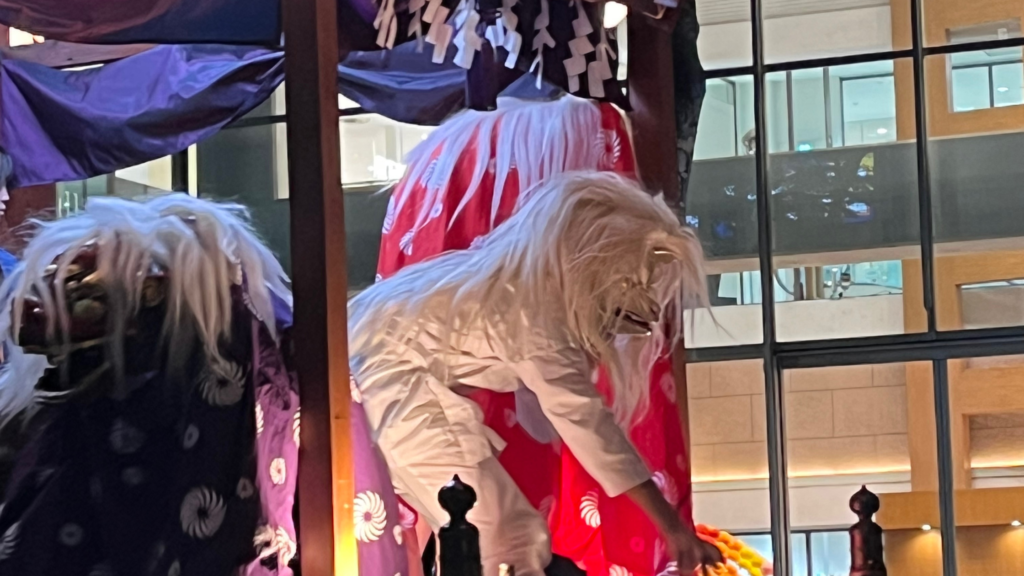
A Week of Enchantment
For seven magical days, the Kurayami Festival casts its spell. Imagine mikoshi shrines adorned with lanterns, floats parading through the streets, and the rhythmic beat of taiko drums echoing in the night. Each day brings new ceremonies, but the climax awaits on the final two days.
Origins and Legends
Fuchu, once known as Musashi Province, held a special place in the Kanto region. The Okunitama Shrine, founded in the 2nd century AD, stood at its heart. Legend has it that a sacred ritual, cloaked in darkness, protected the shrine’s divine spirit from prying eyes.
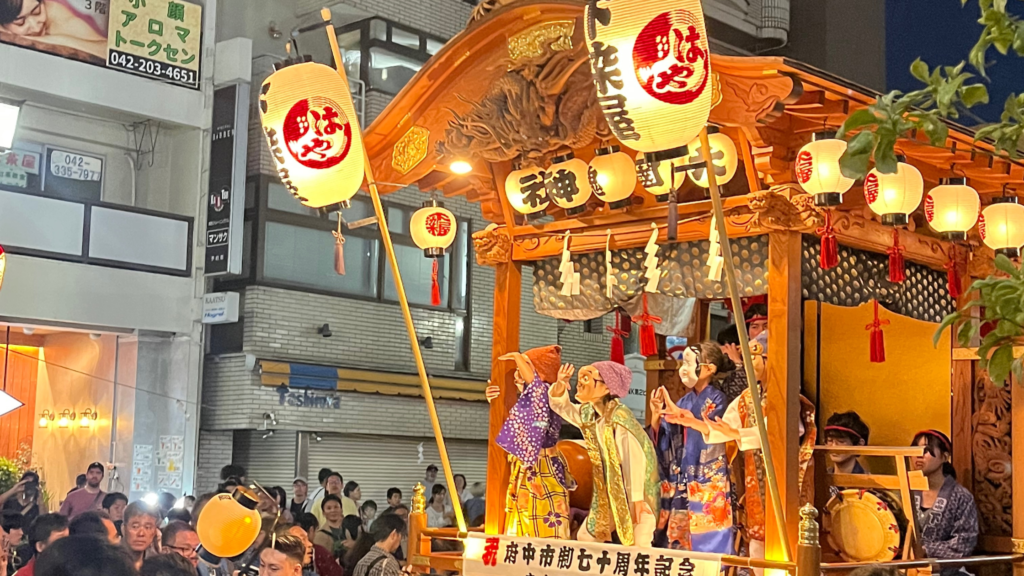
A Youthful Tradition
Today, the Kurayami Festival continues its legacy. Teenagers flock to the festivities, often attending together on dates. Outside the shrine, colorful floats line the streets, children perform alongside adults, and lanterns illuminate the city. It’s like stepping into a scene from Studio Ghibli’s “Spirited Away.” ma Shrine comes alive with ancient traditions, vibrant colors, and spirited performances.
Sanja Festival: Tokyo’s Ancient Celebration
The Sanja Festival, a vibrant and time-honored event held annually at Asakusa Shrine in Tokyo. With a history spanning 700 years, this festival marks the arrival of early summer and draws 1.8 million visitors. Asakusa, with its Edo-era charm, comes alive during these three lively days.

The Binzara Dance: Harvest Blessings and Banishing Evil
At the heart of the Sanja Festival lies the Binzara Dance—a Shinto ritual filled with symbolism. As dancers move gracefully, they invoke blessings for a bountiful harvest of the five grains (rice, wheat, barley, beans, and millet) and drive away malevolent spirits.
The Mighty Mikoshi: Enhancing Spiritual Power
The highlight of the festival is the mikoshi procession. Imagine a portable shrine, adorned with sacred symbols, carried by devotees. As they lift, sway, and shake the mikoshi in all directions, they believe the god’s spiritual energy intensifies. Good harvests, abundant fish, and protection from plagues are the desired outcomes.

When visiting the Sanja Festival, watch out for the mikoshi bearers—they carry their burden with fervor! Join the festivities, soak in the vibrant atmosphere, and celebrate Tokyo’s rich traditions.
Sanno Festival: Tokyo’s Time-Traveling Celebration
The Sanno Festival, a captivating event held at Hie Shrine in Akasaka. On June 7th, a grand procession of approximately 500 people, adorned in regal costumes, will wind its way from Hie Shrine to the Imperial Palace and through the bustling streets of Ginza. This magnificent parade stretches over 300 meters, covering a total distance of 23 kilometers in a day.

A Shrine with Royal Connections
Hie Shrine holds deep significance for the Tokugawa shogunate family, who once ruled from Edo Castle. Its history intertwines with the nation’s fortunes, as it provided financial support and prayers during critical junctures. The shrine gained prominence during the Tokugawa period, catching the attention of successive shoguns, including Iemitsu. Today, it stands as one of Japan’s three major festivals.
Time Warp to Edo Era
As you explore Tokyo, step back in time to the Edo period. Hie Shrine’s vibrant festivities evoke the spirit of ancient Japan, where tradition and pageantry come alive. The Sanno Festival offers a unique glimpse into the past, blending reverence, spectacle, and community.

Bon Odori: A Different Festival
While the grand procession captivates on June 7th, don’t miss the Bon Odori—a separate dance celebration held from 13th to 15th Jun. Tokyo’s heart beats with history, and Hie Shrine invites you to join the rhythm.
Tsukiji Shishi Matsuri: Tokyo’s Roaring Celebration
The Tsukiji Shishi Matsuri, a spirited event that unfolds over three days near the 10th of June. In the 1600s, Tokugawa Ieyasu orchestrated ambitious civil engineering projects to shape Edo (now Tokyo) according to the grand vision of the “Tenkafushin.” At that time, Tsukiji lay submerged beneath the sea, undergoing reclamation efforts. However, a formidable wave disrupted construction, making progress nearly impossible.

Legend has it that during this challenging period, a deity emerged with shining from the ocean. As the people prayed to this shining deity, the turbulent waves and winds subsided, allowing construction to proceed smoothly. This miraculous event occurred in 1659.
The Tsukiji Shishi Festival commemorates this legend with a captivating parade of floats. Imagine a dragon controlling the clouds, a tiger reigning over the winds, and colossal shishi lion heads compelling the entire world to obey with a single roar. The streets come alive as the people of Tsukiji Market join in the festivities, their shouts echoing through the air as a mikoshi—a portable shrine—parades through the bustling market.
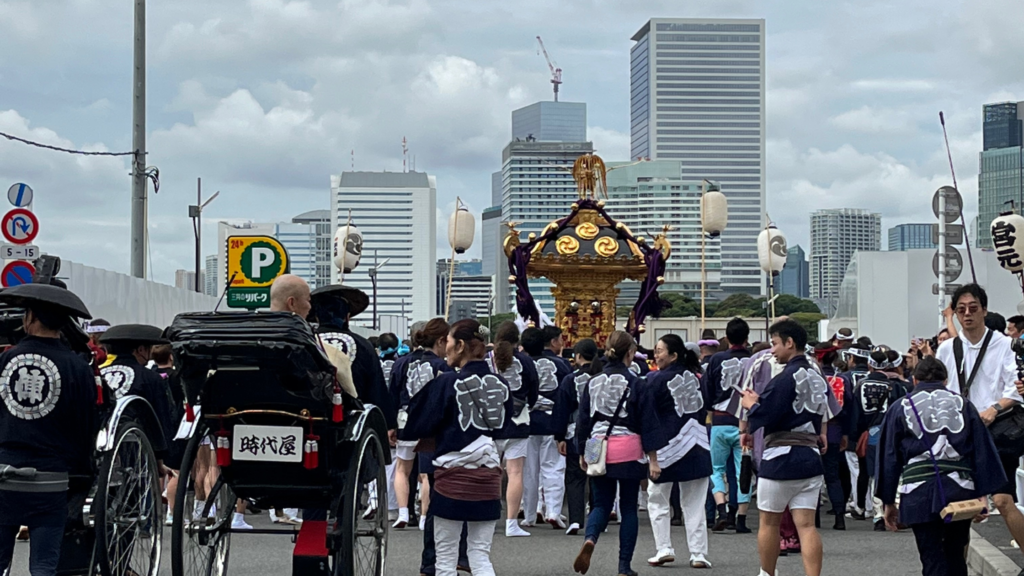
So, traveler, carry the spirit of Japan with you. Whether you witness a mikoshi parade or marvel at fireworks reflected in the Sumida River, let these timeless traditions weave their magic. Your journey awaits—a symphony of gods, nature, and humanity.
We provide various travel coordination and guide services, so if you are interested, please see this page.

